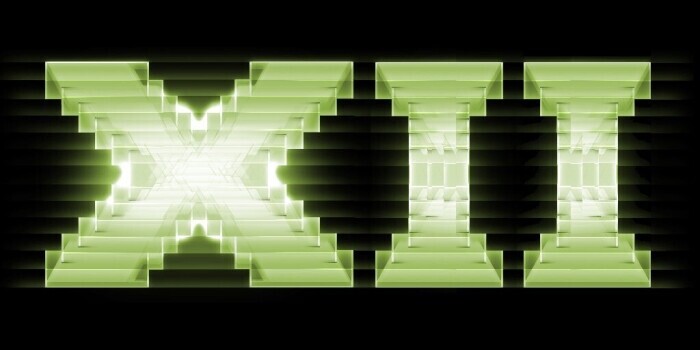Microsoft plans to introduce the change starting with Shading Model 7.
DirectX 12 is now the dominant graphics API for modern games, but that doesn’t mean its development is without problems, as the long-awaited feature recently failed. Shader translation has been a major headache lately anyway, and the HLSL specification and the DirectX Shader Compiler (DXC) update, the shader compiler that generates DXIL from HLSL code, are important projects.
However, how to do this has long been a matter of opinion, as DXIL has downsides that are difficult to fix, and there is reason to believe that SPIR-V, an intermediate language for the competing Vulkan API, is a better solution for the same task.
Microsoft seems to be providing an unexpected answer to the problems, because AdvertiseStarting with the Shader Model 7, SPIR-V is also accepted as an intermediate language for the DirectX API. The goal of the change is to make DirectX an open solution in this area as well, i.e. not complicate community development with a proprietary DXIL. Additionally, there is already a compiler that creates SPIR-V from HLSL, it just needs further development, and Microsoft will also want to provide a compiler that delivers SPIR-V from DXIL or DXIL from SPIR-V.
One of the great advantages of SPIR-V is its extensibility, which can speed up the subsequent development of shader models. By the way, in this model, two graphics APIs will use the same intermediate layer, which means that they will be able to track each other's developments very quickly. Moreover, SPIR-V is also used by OpenCL and SYCL, so it is essentially a very flexible solution that offers great advantages to developers.












































